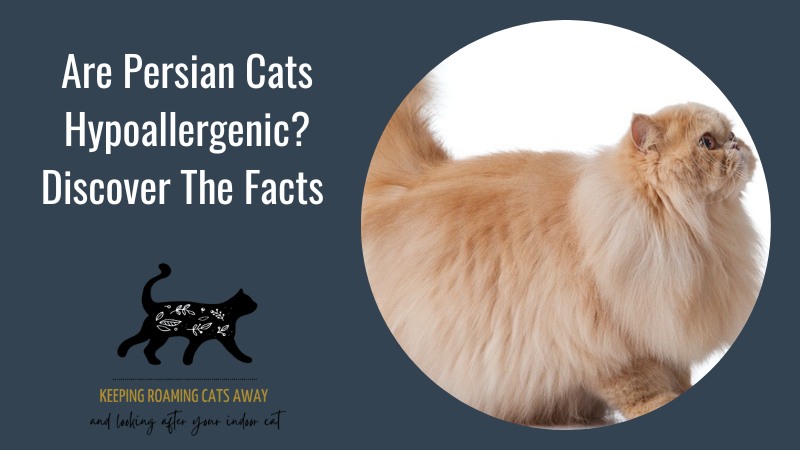Are you someone who loves cats but suffers from allergies? If so, you’re not alone. Many cat lovers find themselves in this predicament, constantly searching for allergy-friendly breeds that won’t trigger their symptoms. One popular option often considered is the Persian cat. Known for their luxurious coat and calm temperament, Persian cats are a sought-after breed. However, are they truly hypoallergenic? And if not, what other alternatives are available for feline enthusiasts who want a furry companion without the sniffles and sneezes? In this article, we will delve into the world of Persian cats and allergy-friendly breeds, exploring the options available to you.
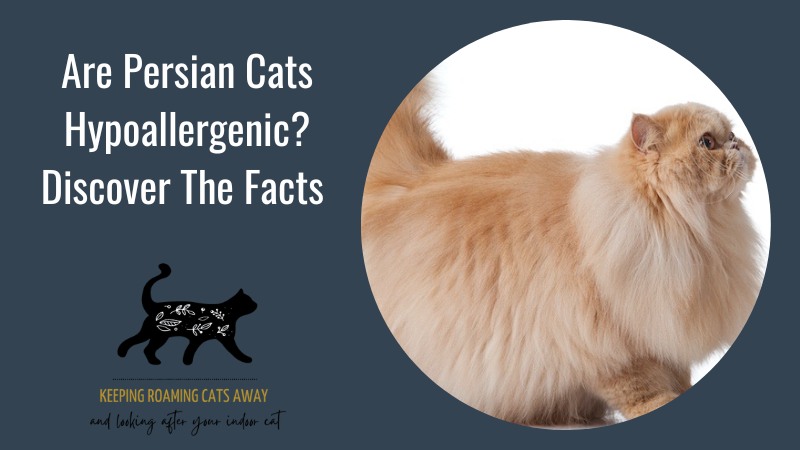
Introduction
Welcome to the world of Persian cats and allergy-friendly cat breeds! If you’ve ever dreamed of owning a cat but have been deterred by allergies, fear not, as there are options available that can make cat ownership a possibility. In this article, we will explore the fascinating world of Persian cats, the causes and effects of cat allergies, and alternative cat breeds that are considered hypoallergenic. We will also provide tips for reducing allergenic effects, interacting with Persian cats, and the importance of allergy testing before bringing a cat into your home. So, if you’re ready to dive into the captivating realm of cats and allergies, let’s get started!
Understanding Allergies to Cats
What causes allergies to cats?
Cat allergies are primarily caused by a protein called Fel d 1, which is found in a cat’s saliva, urine, and dander. When a person with a cat allergy comes into contact with these allergens, their immune system responds by releasing histamines, which lead to the symptoms commonly associated with allergies, such as sneezing, itchy eyes, and a runny nose.
How does cat allergy affect people?
Cat allergies can vary in intensity and can be triggered by direct contact with a cat or even by being in an environment where cat allergens are present. For individuals with severe allergies, even brief exposure to cat allergens can cause significant discomfort, including difficulty breathing and asthma attacks.
The difference between allergies to cat hair and dander
Contrary to popular belief, cat hair itself is not the primary cause of allergies. Instead, it is the dander, which consists of tiny flecks of dead skin that cats shed. These microscopic particles can become airborne and stay suspended in the environment for extended periods, making it easier for individuals to come into contact with them and trigger an allergic reaction.
The Appeal of Persian Cats
Overview of Persian cats
Persian cats are known for their luxurious long coats, distinctive flat faces, and gentle temperaments. Originating from Persia (now Iran), these feline beauties have captured the hearts of cat lovers around the world. With their captivating large round eyes and fluffy tails, Persian cats are undeniably a breed of exquisite charm.
Why are Persian cats popular?
There are several reasons why Persian cats are highly sought after by cat enthusiasts. Firstly, their stunning appearance sets them apart from other breeds. Their long, luscious fur and elegant features make them seem almost royal. Additionally, Persian cats are known for their calm and gentle nature, making them excellent companions for both individuals and families.
Characteristics and temperament of Persian cats
Persian cats have a reputation for being affectionate and docile. They are often content to lounge around the house, enjoying a sedentary lifestyle. Persians also have a sweet and calm demeanor, which makes them wonderful pets for people who prefer a more relaxed and low-key cat. However, it’s important to note that individual personalities can vary, so it’s always essential to spend time getting to know a Persian cat before bringing one home.
Allergy-Friendly Cat Breeds
Exploring hypoallergenic cat breeds
While no cat breed is completely hypoallergenic, certain breeds are known to produce fewer allergens or shed less dander, making them more suitable for people with allergies. These hypoallergenic cat breeds can be a great alternative for individuals who desire a feline companion but are sensitive to cat allergens.
Bengal cats as an alternative
Bengal cats are a popular option for those seeking an allergy-friendly feline companion. Known for their striking spotted or marbled coats and playful, active nature, Bengal cats produce less of the allergen Fel d 1 compared to other breeds. However, it’s important to note that individual reactions can vary, so spending time with a Bengal cat before making a decision is crucial.
Russian Blue cats as an alternative
Russian Blue cats are another breed often considered hypoallergenic. With their short, dense coats of bluish-gray fur and captivating green eyes, Russian Blues are not only beautiful but are also known to produce fewer allergens. Many cat allergy sufferers have reported less severe reactions when in contact with Russian Blues compared to other cat breeds. However, as with any cat breed, personal allergies can still vary.
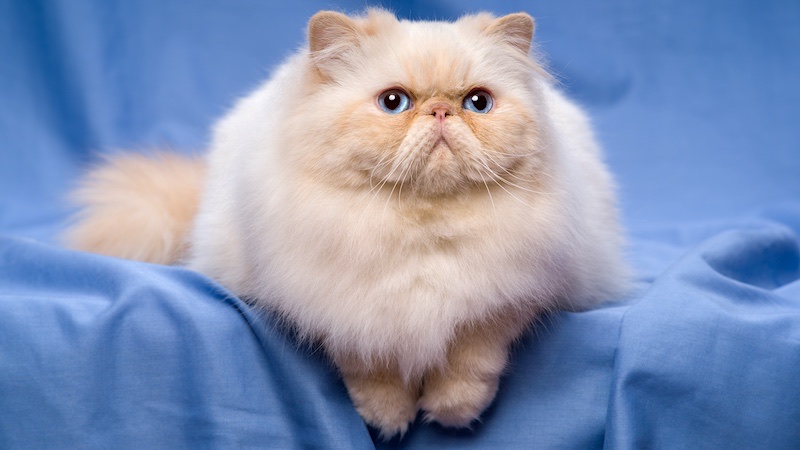
Persian Cats’ Impact on Allergies
Are Persian cats hypoallergenic?
Contrary to popular belief, Persian cats are not classified as hypoallergenic. They produce an average amount of the Fel d 1 protein, which is the primary allergen for most people. However, individual reactions to Persian cats can vary, and some people with allergies may find that they are able to tolerate being around Persian cats more than other cat breeds.
Understanding the allergenic properties of Persian cats
While Persian cats may not be hypoallergenic, there are steps that can be taken to reduce allergenic effects. Regular grooming, including brushing and bathing, can help minimize the amount of dander present in a Persian cat’s coat. Additionally, keeping the home clean and utilizing air purifiers can help reduce allergens in the environment and make it more manageable for individuals with cat allergies.
Reducing Allergenic Effects
Minimizing allergens in the home
To create an allergy-friendly environment, there are several measures that can be taken. Vacuuming regularly with a vacuum cleaner equipped with a HEPA filter can help remove allergens from carpets and furniture. Using allergen-proof bedding covers and washing bedding frequently can also be beneficial in reducing exposure to cat allergens.
Frequent grooming and bathing
Regular grooming plays a crucial role in managing allergens with Persian cats. Brushing their long fur helps to remove loose hair and dander, reducing the amount of allergens in the environment. Additionally, bathing your Persian cat periodically can help remove allergens from their coat, providing relief for individuals with allergies.
Utilizing air purifiers and allergy-friendly products
Investing in a high-quality air purifier can be a game-changer for individuals with cat allergies. Air purifiers equipped with HEPA filters can help capture and remove airborne allergens, including cat dander. Additionally, using allergy-friendly cleaning products and avoiding scented sprays can help minimize the presence of irritants that can exacerbate allergic reactions.
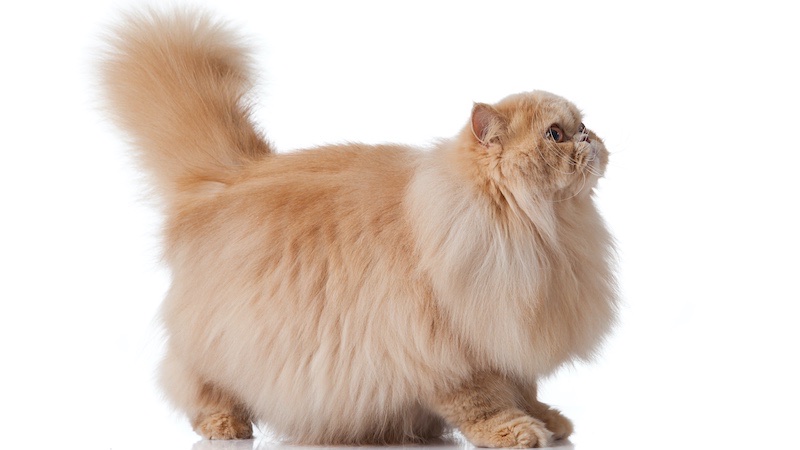
Tips for Interacting with Persian Cats
Ways to minimize exposure to allergens
If you have allergies but still want to enjoy the company of a Persian cat, there are steps you can take to minimize exposure to allergens. Creating a designated cat-free zone in your home, such as a bedroom, can provide an allergen-free retreat for you to relax. Additionally, using allergen wipes on your hands and face after interacting with your Persian cat can help remove any lingering dander.
Proper handwashing and hygiene practices
Practicing good hygiene is essential when living with a Persian cat, especially for individuals with allergies. Thoroughly washing your hands with soap and water after petting or grooming your cat can help remove allergens from your skin. It’s also important to avoid touching your face or rubbing your eyes while in contact with your Persian cat to minimize the risk of triggering an allergic reaction.
Importance of Allergy Testing before Getting a Cat
The significance of allergy testing
Before bringing a cat into your home, it is highly recommended to undergo allergy testing to determine the specific allergens you may be allergic to. Allergy testing can help identify if you are specifically allergic to cat dander or if you have other underlying allergies that may be exacerbated by cat allergens. This information can be invaluable in making an informed decision about cat ownership.
Identifying specific allergens and responses
Allergy testing can provide valuable insights into your specific allergies and the severity of your reactions. By identifying the specific allergens that trigger your symptoms, you can take proactive measures to minimize exposure and manage your allergies effectively. This knowledge can also guide you in choosing an allergy-friendly cat breed that is less likely to provoke a severe allergic response.
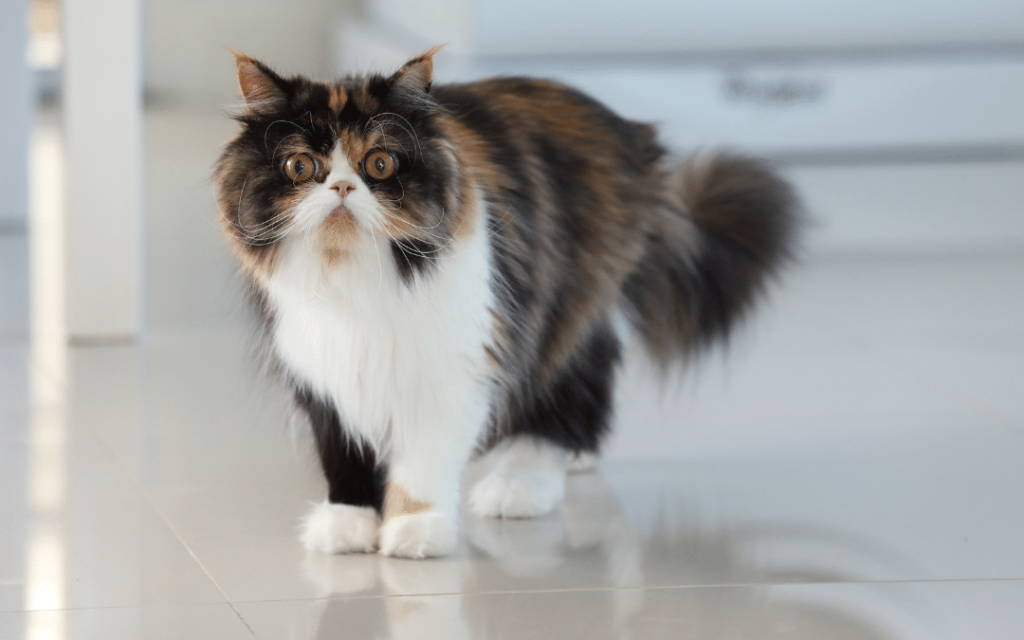
Managing Allergies for Cat Owners
Common allergy management techniques
For individuals who already own a cat but are struggling with allergies, there are several techniques that can help manage symptoms. Keeping your home clean by regularly vacuuming and dusting can help reduce the concentration of cat allergens in the environment. Additionally, investing in allergy-friendly bedding and minimizing the presence of soft furnishings and carpets can help minimize allergen exposure.
Working with healthcare professionals
If allergies to cats are significantly impacting your quality of life, it is important to consult with healthcare professionals, such as allergists or immunologists. These specialists can provide insights into effective management techniques, prescribe appropriate medications if necessary, and offer further guidance on living with allergies while owning a cat.
Resources for Allergy-Friendly Cat Ownership
Finding reputable breeders of hypoallergenic cats
When considering bringing an allergy-friendly cat breed into your home, it is essential to find a reputable breeder who prioritizes producing cats with reduced allergenic potential. Conducting thorough research and seeking recommendations from trusted sources can help you find a breeder who focuses on responsible breeding practices and the wellbeing of their cats.
Supportive online communities and forums
Navigating cat allergies and allergy-friendly cat ownership can be challenging, but you are not alone. There are numerous online communities and forums dedicated to providing support and guidance for individuals living with allergies and owning cats. These platforms can offer a wealth of knowledge, personal experiences, and advice to help you successfully navigate the world of allergy-friendly cat ownership.

Conclusion
In conclusion, while Persian cats may not be hypoallergenic, there are steps that can be taken to minimize allergenic effects and make cat ownership possible for individuals with allergies. Exploring alternative hypoallergenic cat breeds, such as Bengal cats and Russian Blue cats, can provide options for those who desire a feline companion without severe allergic reactions. By understanding the causes and effects of cat allergies, practicing proper grooming and hygiene, and utilizing allergy management techniques, individuals can enjoy the joys of owning a Persian cat or an allergy-friendly cat breed. Remember to consult with healthcare professionals, undergo allergy testing, and connect with supportive communities for a holistic approach to managing cat allergies. So, don’t let allergies hold you back from the love and companionship that cats can provide. With the right knowledge and preparation, you can create a harmonious environment that allows you to enjoy the presence of a Persian cat or an allergy-friendly feline friend.
